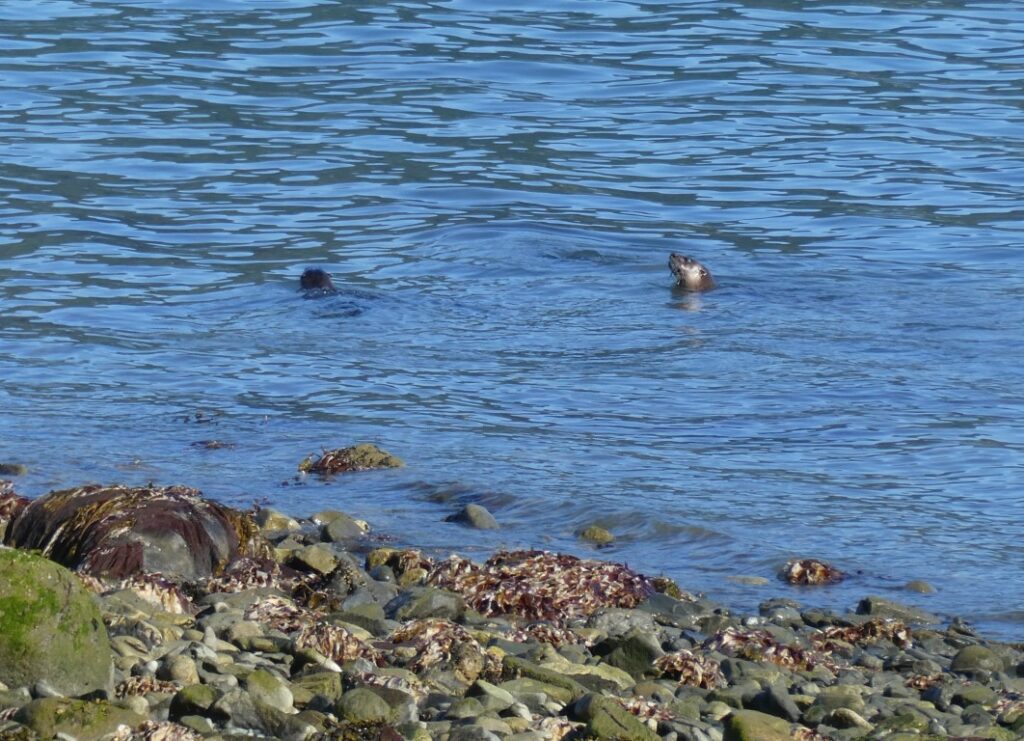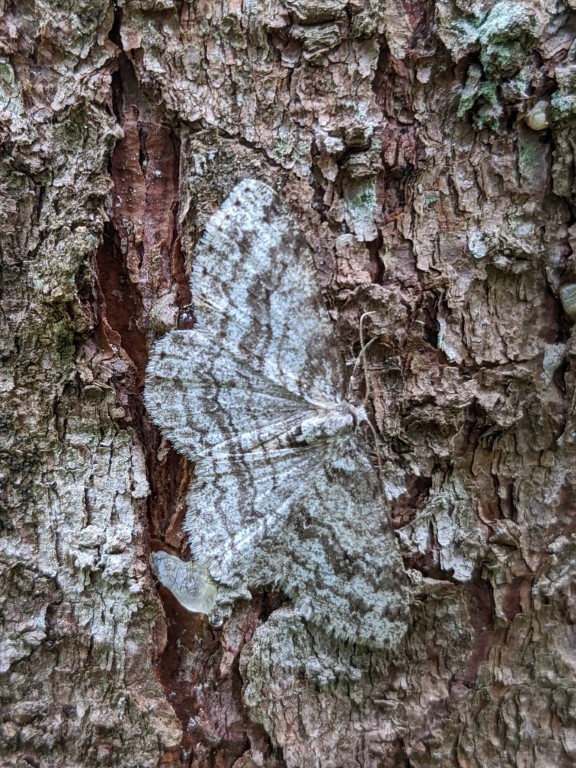
Our first stop in Alaska was coming over White Pass down to Skagway, home of the famous Klondike Gold Rush. The pass was a winter wonderland of white and then coming down to a sea of green leaves, warm temps & shorts was just what we needed after weeks of late winter. There is a saying that short summers add intensity to life but in my opinion, SUMMER brings intensity to my life! It was great to smell the sea and feel the soft air. The incredible weather stint continues and everyone we talk to says it is pretty much unheard of. It’s funny to overhear the locals complaining that its “too hot”.
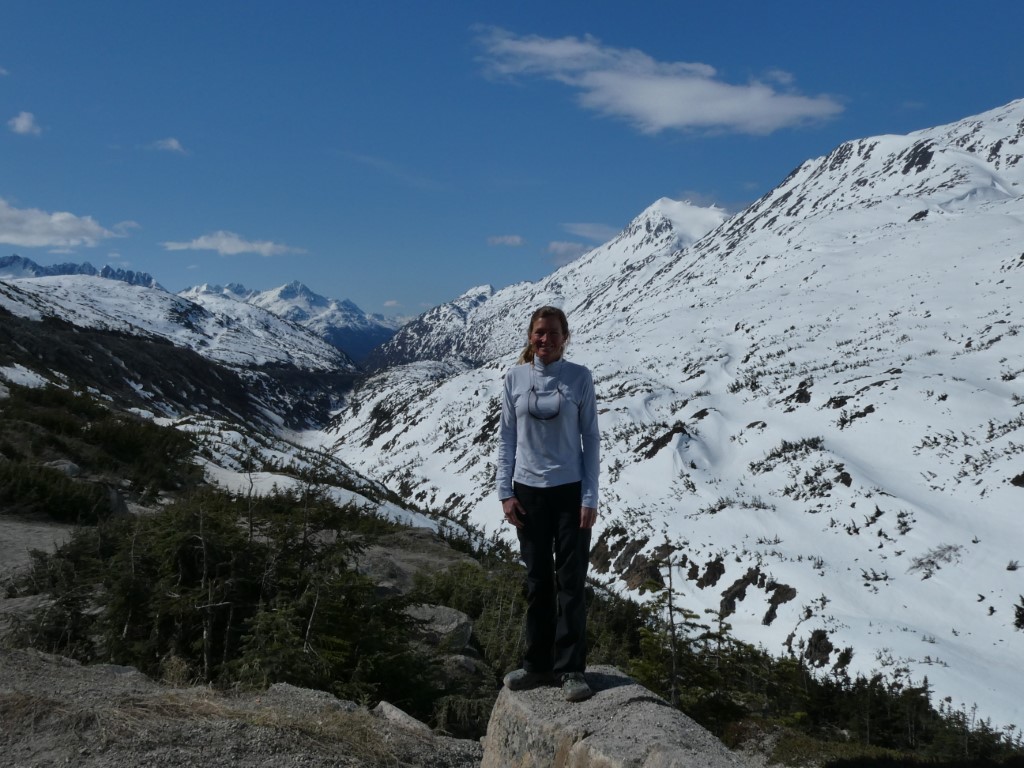
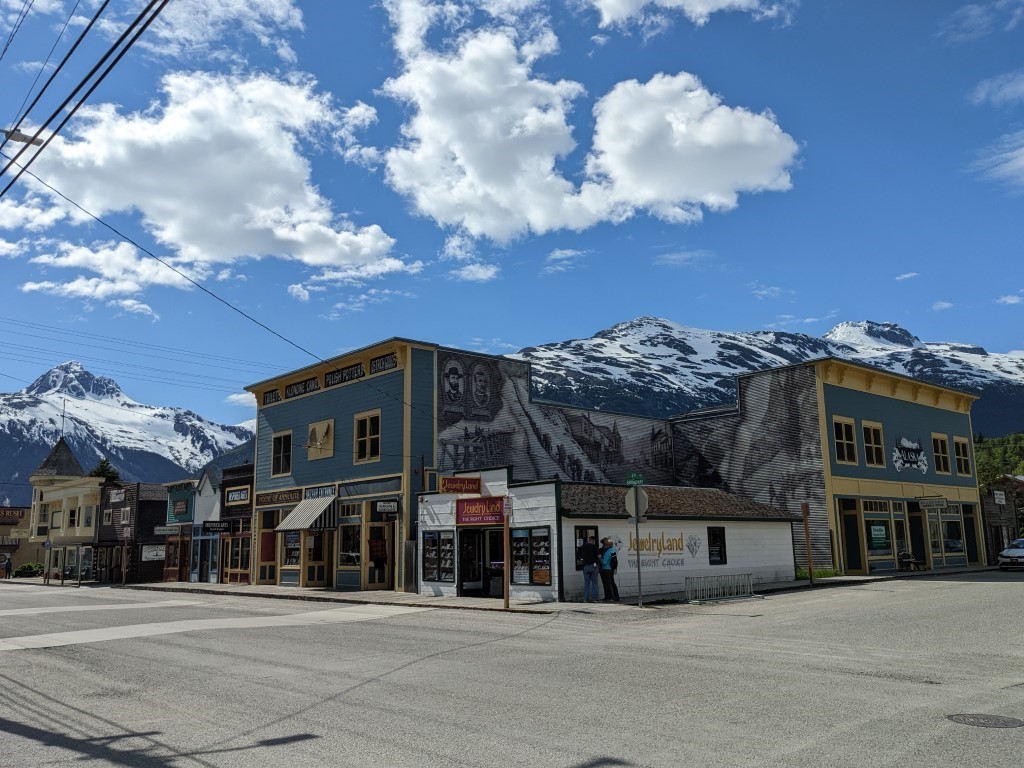
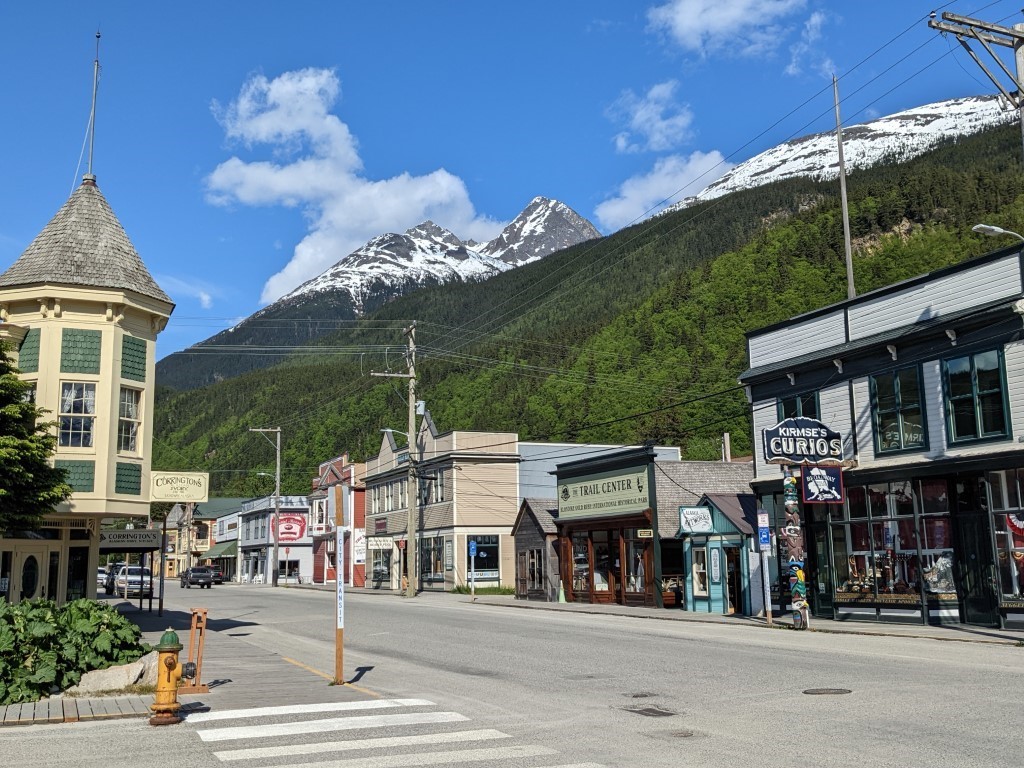
I can’t say as I am drawn to gold rush history but the park service has preserved much of the downtown in Skagway as an historical park so we were excited to learn about it and tour around. It feels like forever since we’ve been to any large museum and of course a living museum is great in itself.
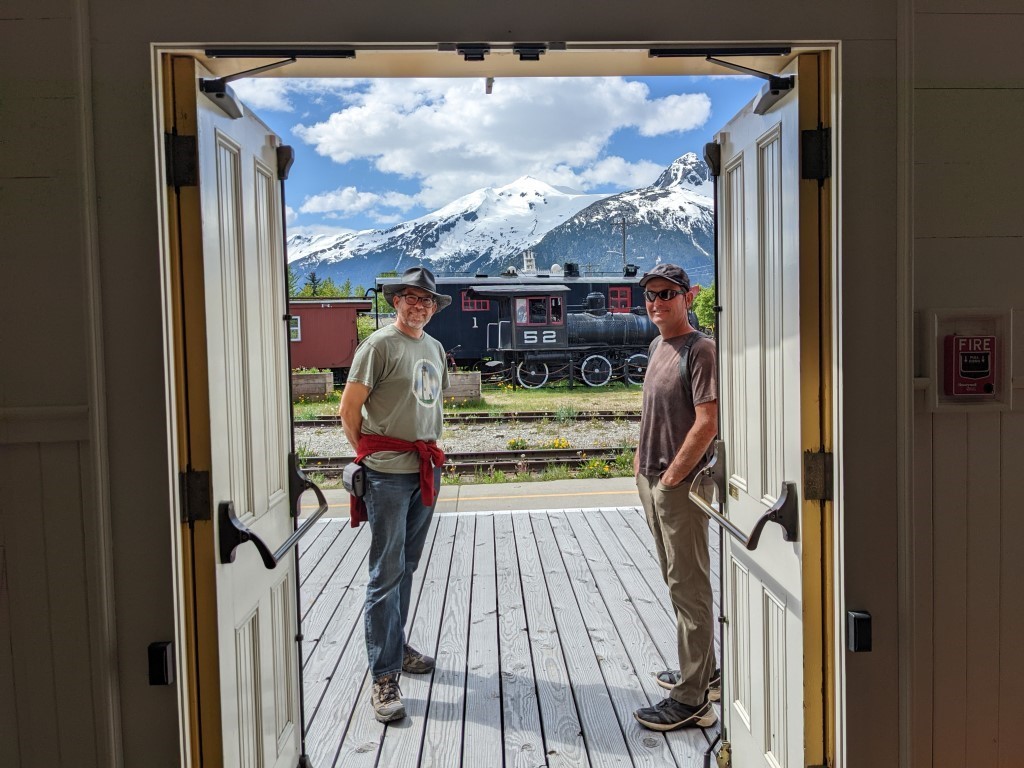
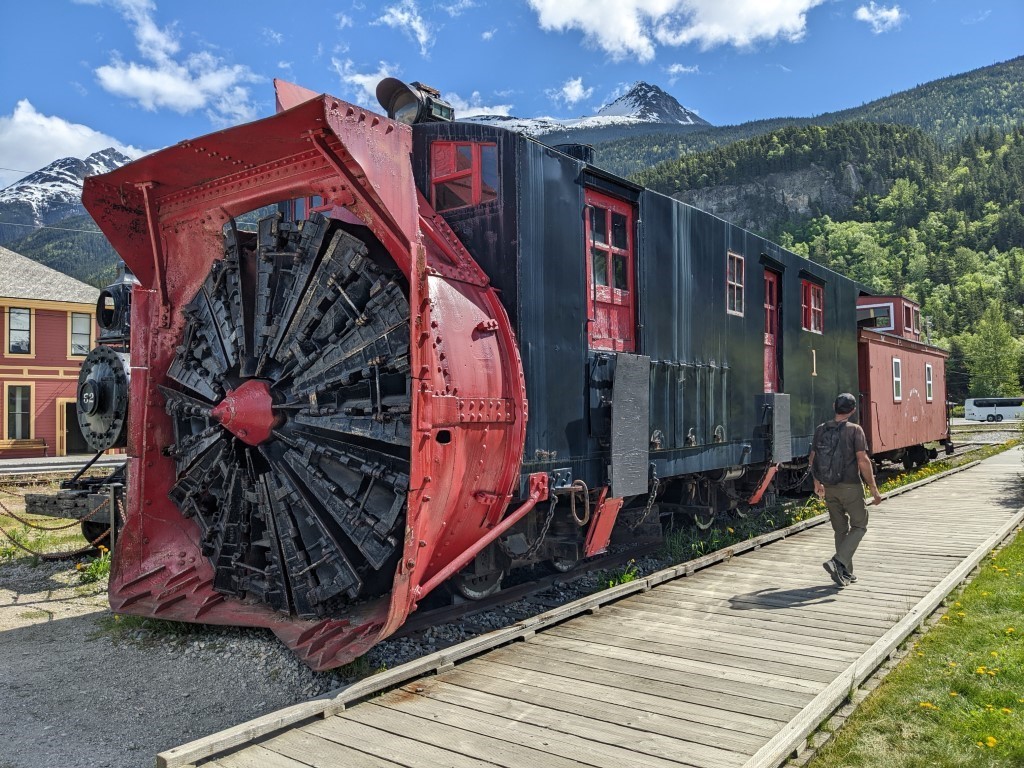
It’s crazy to think that the whole Klondike Gold rush lasted less than 2 years- August 1896 to July 1898. When word got out that 4 natives in Klondike found gold, people from all walks of life came streaming toward it any way they could from over 30 nations hoping to strike it rich. The problem was that the journey would take nearly a year and would wound, break or kill many and for all but a few lucky ones, those that did reach the destination had nothing to collect because it was all staked out by the tine they got there. As thousands of gold seekers made their way, a huge infrastructure built up around it from the ships that were put back into service in Seattle to take paying passengers to the building of the town of Skagway and nearby Dyea. Hotels, restaurants, bar rooms, prostitution, the supply chain for food and other necessities sprung up overnight anywhere there was to make a buck. That was really where the gold was, in servicing the masses that came to find it. Even the White Pass railroad that is still used today was a product of that time. And get this: because of covid and the Canada phone app that needs to be completed by every person entering Canada, the train or anyone on foot backpacking the famous historic Chilkoot trail can’t do it this year. The tourist train can only go as far as the border and then needs to head back to Skagway.
I could go on and on but it’s all in the history books. We enjoyed touring the old buildings, watching old films and soaking up the scene. Skagway is a cruise ship destination and in that it has it’s own feel. Although a storekeeper told me that the ships are half full these days which may be why things still felt quiet.
We were able to camp at an NPS campground at the start of the Chilkoot trail a few miles away in the ghost town of Dyea. I was pretty excited about this ghost town but there was like one board left of all the buildings that were once there. But it was a beautiful spot and quiet. My favorite day was the day we did an 18 mile hike on the Chilkoot Trail, retracing the steps of so many stampeders 125 years ago. From what we learned in the museums, it was safe to say we were much more fit and prepared than the walkers were back then although the trail is much better now and we weren’t carrying the heavy loads that they had to. Early on, Canada enacted a rule that each stampeder needed to carry a year’s worth of provisions in order to be permitted into the country on the trail and that amounted to 1 ton of goods! So they had to shuttle all that stuff on foot or any way thet could making numerous trips back and forth along the trail. Nuts! We thought about how the native Tlingit people felt who had lived here for generations and then one day the “stampeders” came blasting in to take over their land. It would never be the same.
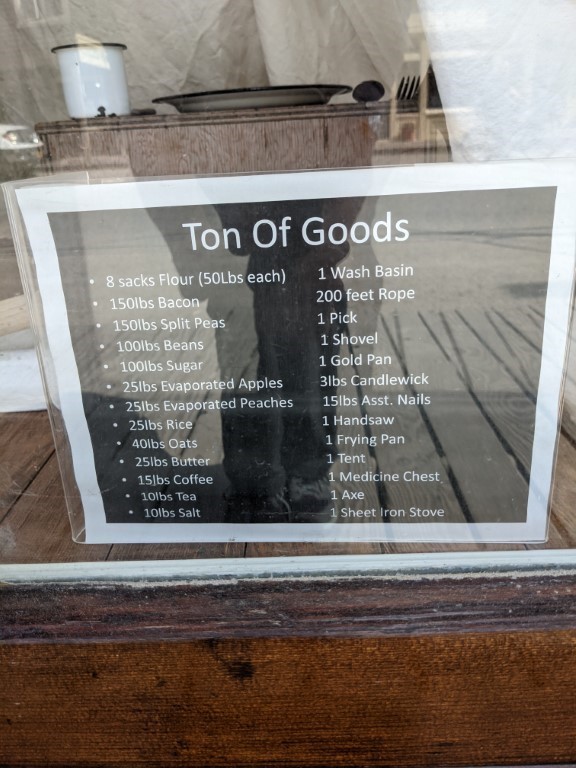
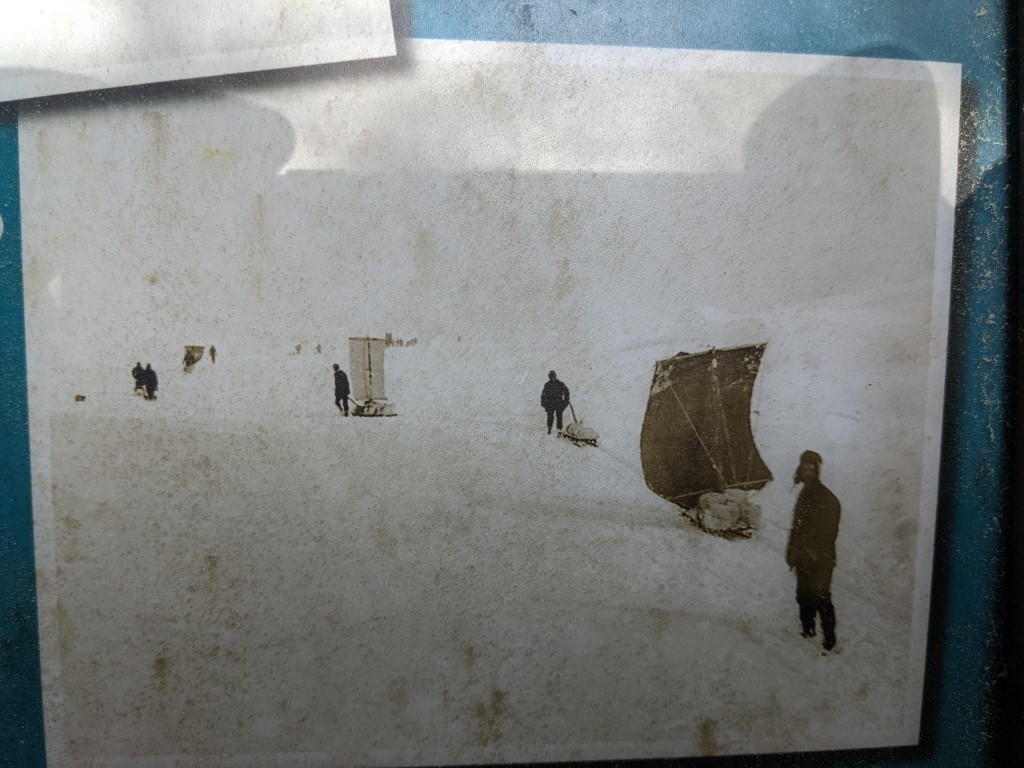
Along our hike that day, which was mainly wooded, there was a large section of marsh that was created by beavers that arrived in 1993. It’s the largest beaver dam network we’ve ever seen and the park service has made a long boardwalk through the area. It was full of blooming flowers but no beavers both times we passed through it.
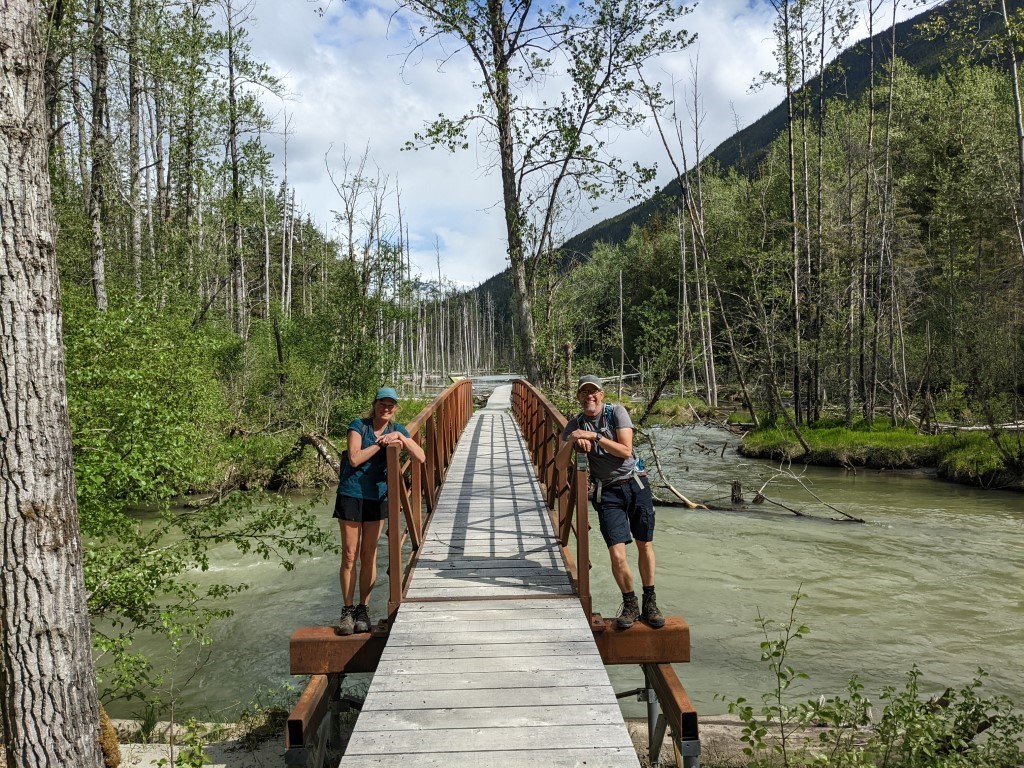
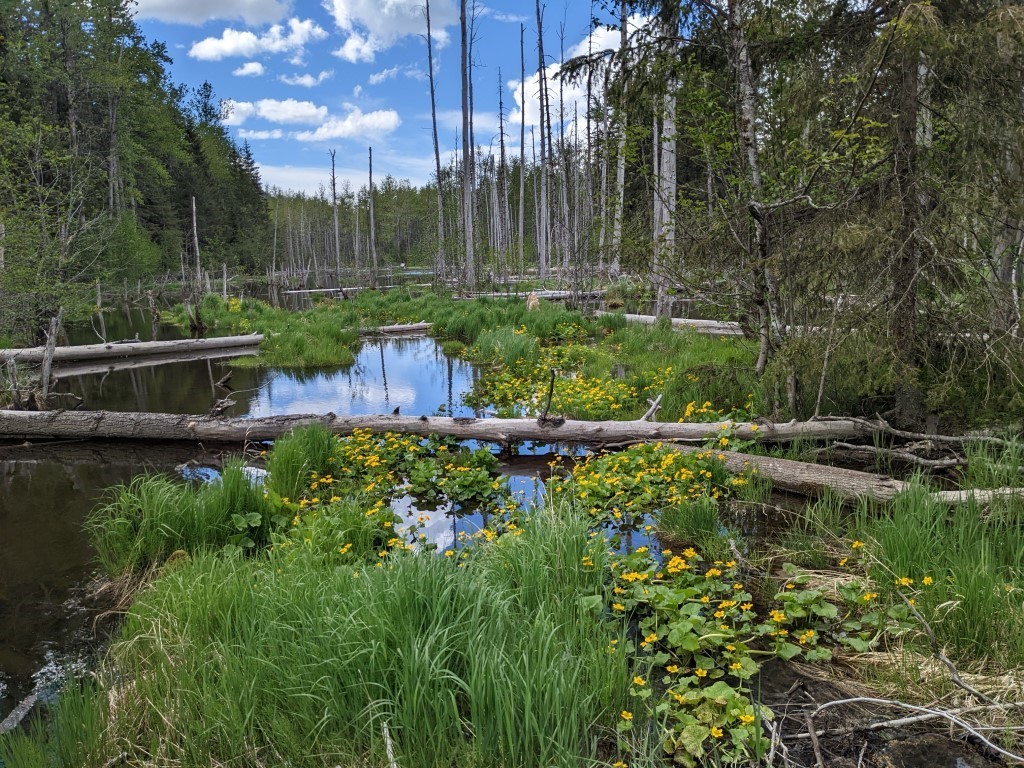
Because we had to cross the border, the three of us were really low on produce so we went to the grocery store to restock in Skagway. It’s funny because before we left the US, we were sort of torn between carrying all the food we possibly could vs relying on the premise that “everybody eats”, no matter where you are in the world. How could Canada and Alaska be so bad? WELL! It’s become a running joke among the 3 of us that “everybody eats” but we don’t know how they afford it and sometimes like in Skagway, what exactly they do eat because there was nothing much to buy! And then for 2 days all the refrigerators in the store broke so there was nothing cold to buy. After a long day of hiking we were all so starved but everything we have needs to be made, there is no easy stuff to grab that can fill a hungry hiker stomach without some effort first. So anyway, we survived but have gotten some good laughs out of the food situation in these parts.
During our few days in the Dyea/Skagway area, we learned about the term glacial rebound. The Dyea area, once covered by a glacier, has risen 7 feet since the glacier receded because it’s weight is no longer compressing the land. Kind of interesting. We sat around a campfire one last time with Michaela & Peter, Thomas & Tonja before parting ways again.
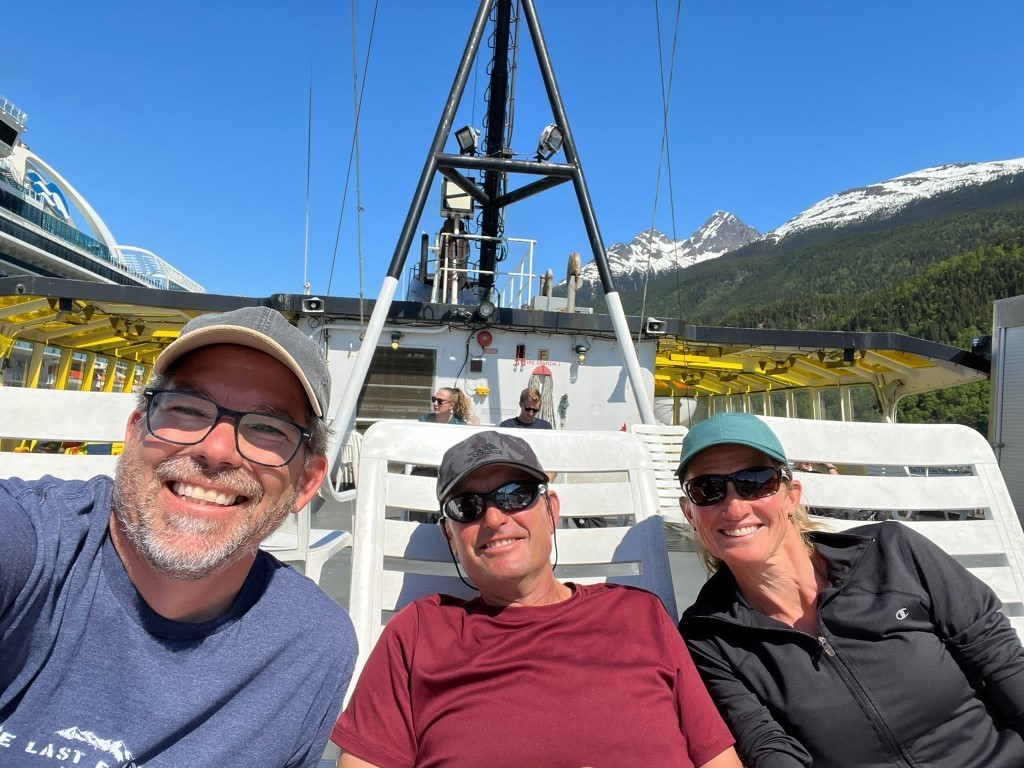
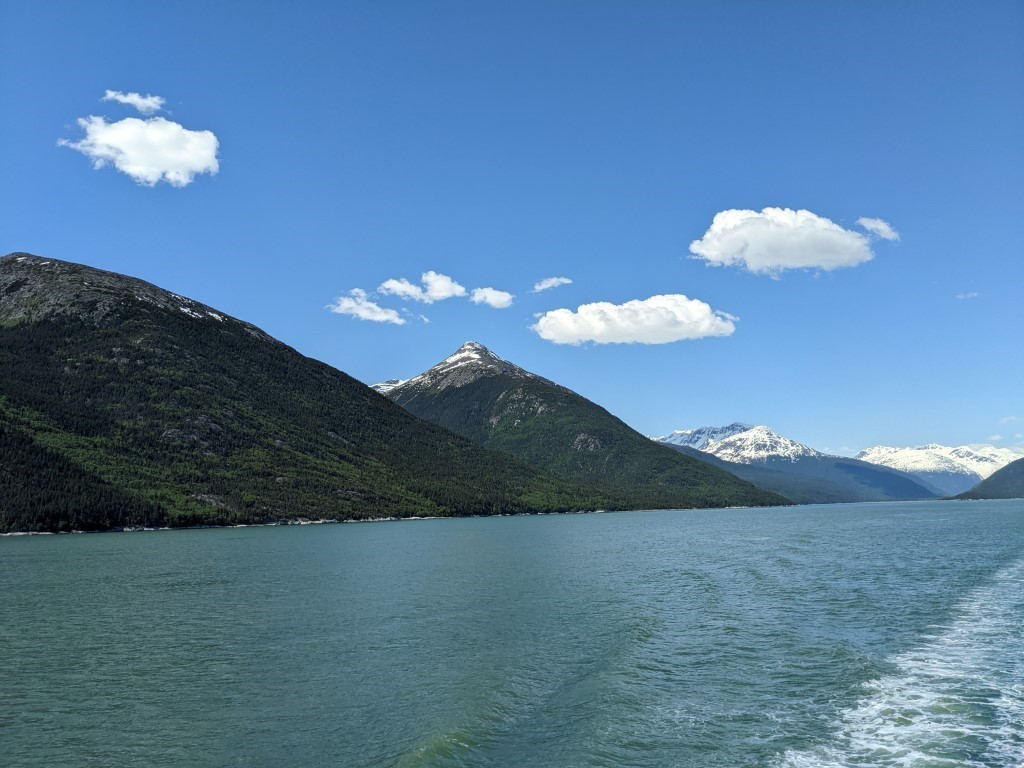
Then we put our trucks on a ferry for the 1 hour crossing to the town of Haines where we are now. Due to scheduling, it ended up that we would be loading on the same ferry that Sandie & Karsten were just getting off of. We had a great visit of about 20 seconds and then we were off to Haines. We liked the little town as soon as we saw it. Its much lower key here but ironically, they have 2 good grocery stores and a salmon packing company so we are well stocked with salmon now, although it is frozen. It’s the only way you can buy it; I don’t really get it.
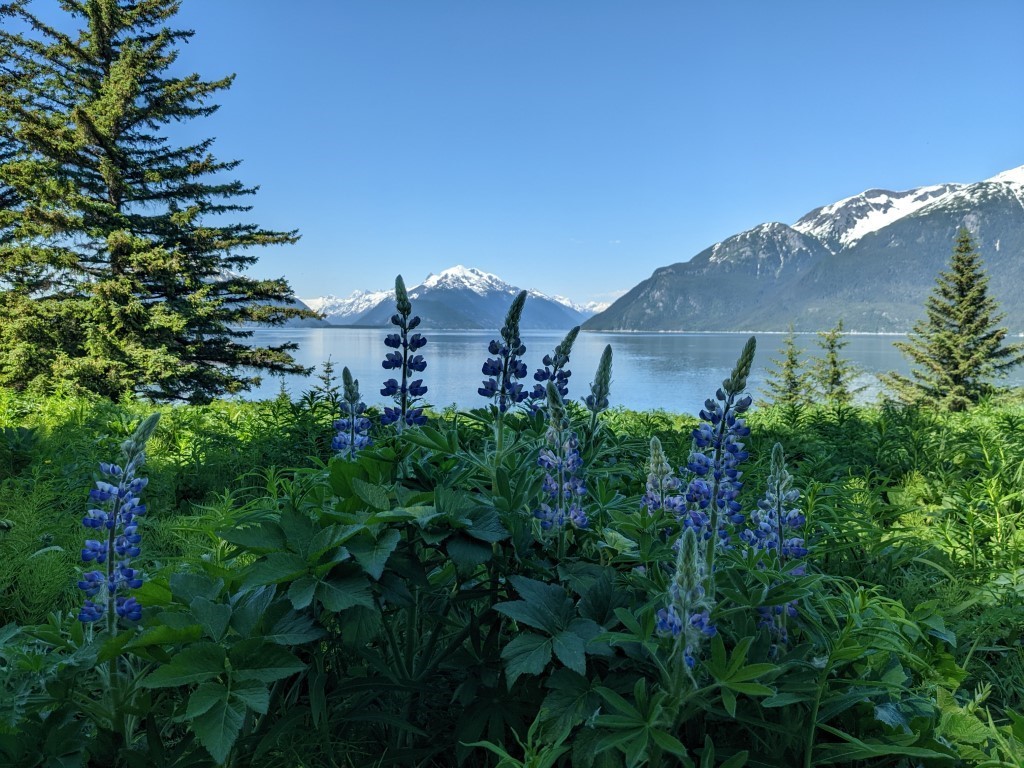
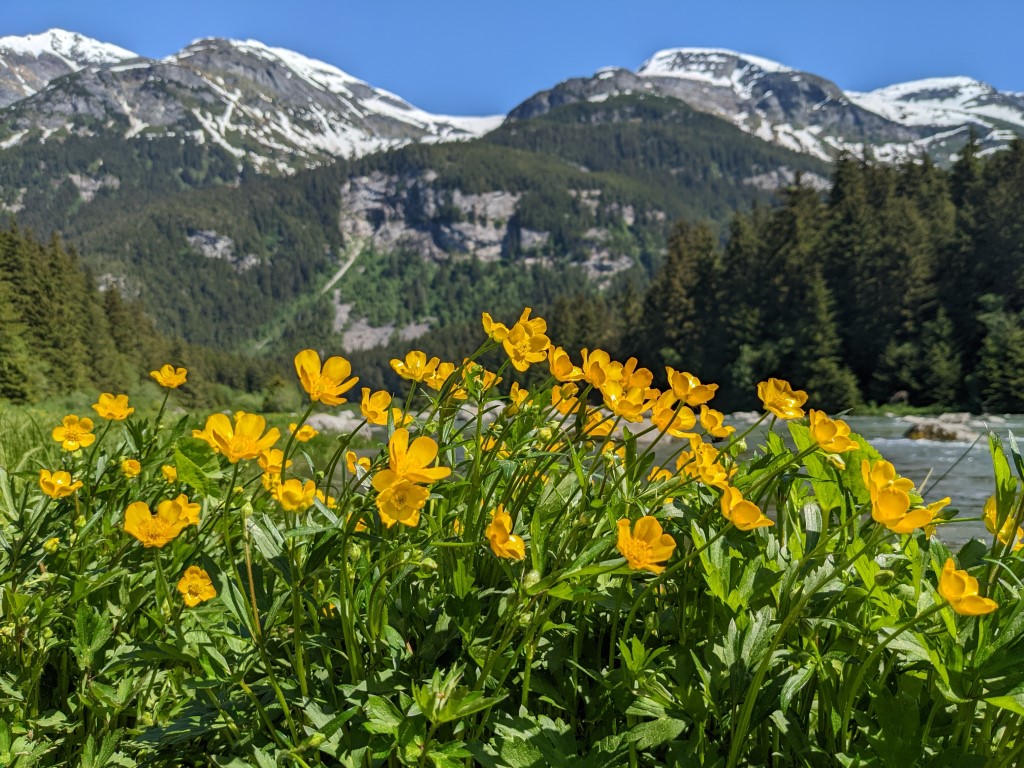
The weather has been totally incredible. Everything is lush and full of color. The white mountains and green foliage drive me nuts. We’ve seen lots of whales, otters, seals, tons of loons & bald eagles.The salmon are really close to starting to run here in Haines. The bald eagle preserve here provides habitat for thousands of bald eagles. I read that every November, about 3500 bald eagles congregate here in Haines, the largest concentration in the world. It would be neat to see that!
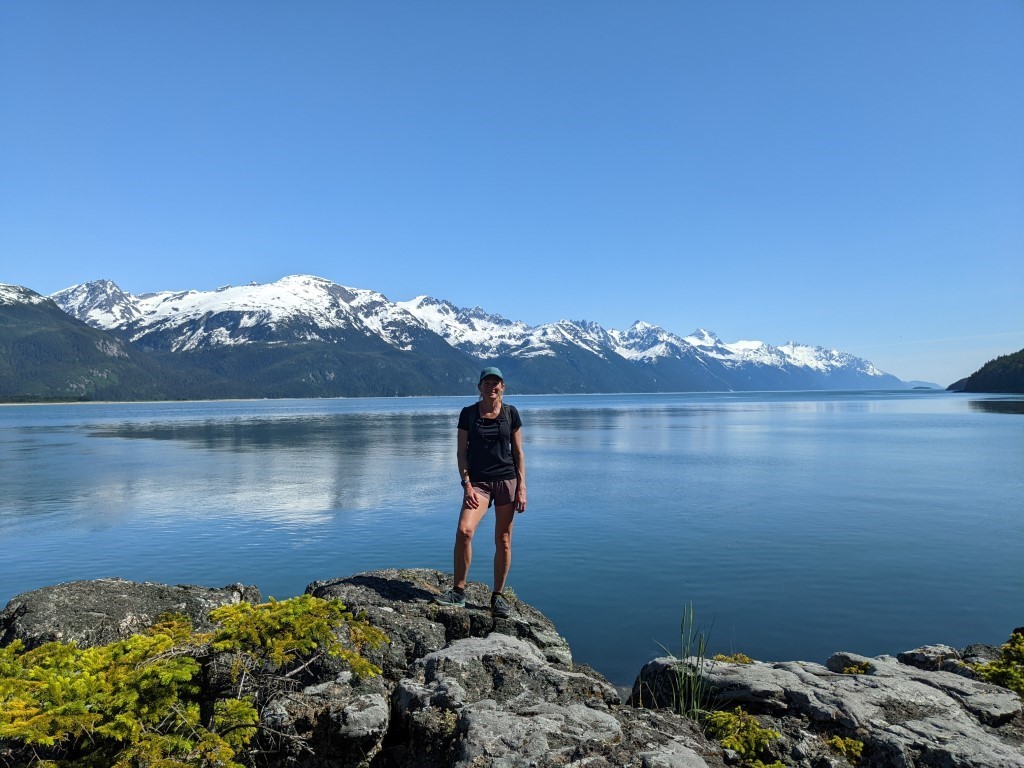
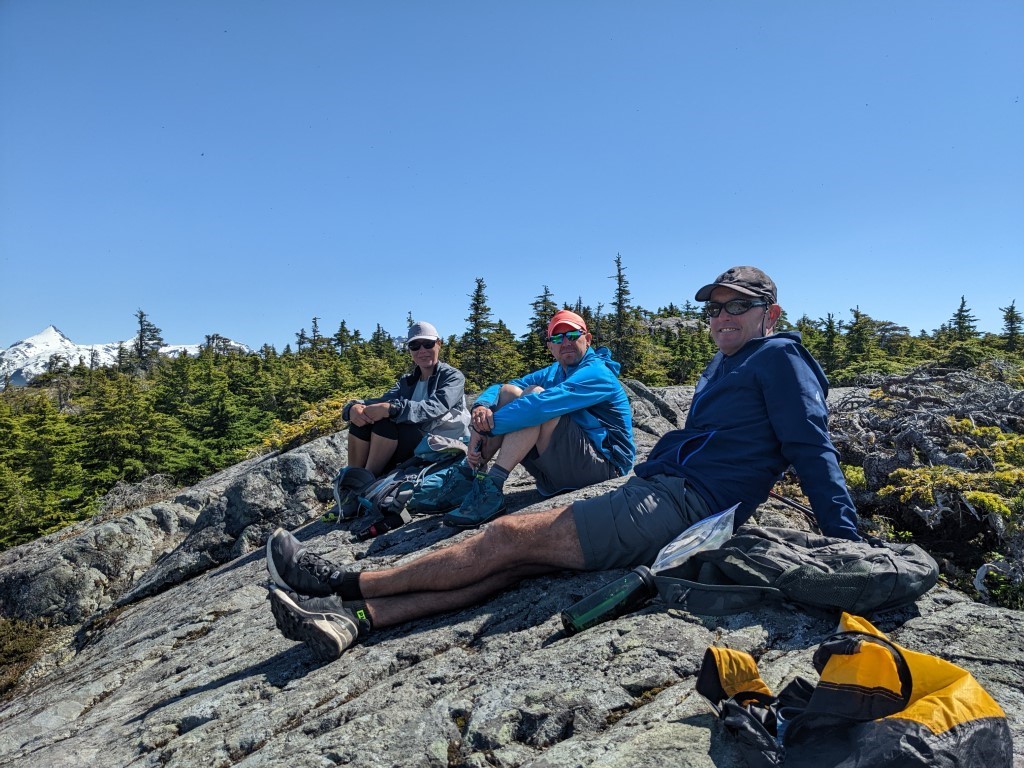
We walked the town, hiked Mt Riley, where we coincidentally met up wtih Thomas & Tonja on the summit and on another day, we took it easy and strolled through the Chilkoot state park to view the lake and inlet, keeping our eyes out for bears. The grizzlies are hanging around because the salmon are due any day. Then Ivan spotted a grizzly and her little cub walking along the beach! They went swimming for a bit with the cub hanging onto her back. She was probably hot on a hot day. It was so funny to watch the cub chasing birds and dancing around and the mom being playful too but also keeping a good watch. It was great to observe all this, we were quite a ways away but could still see them well enough.
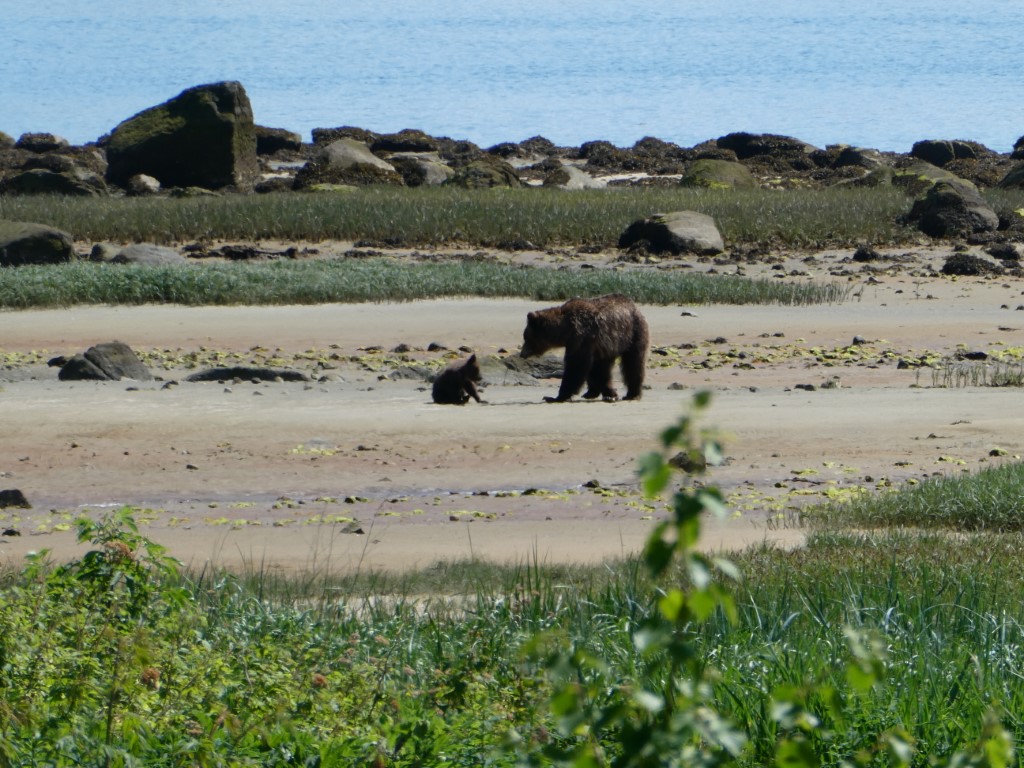
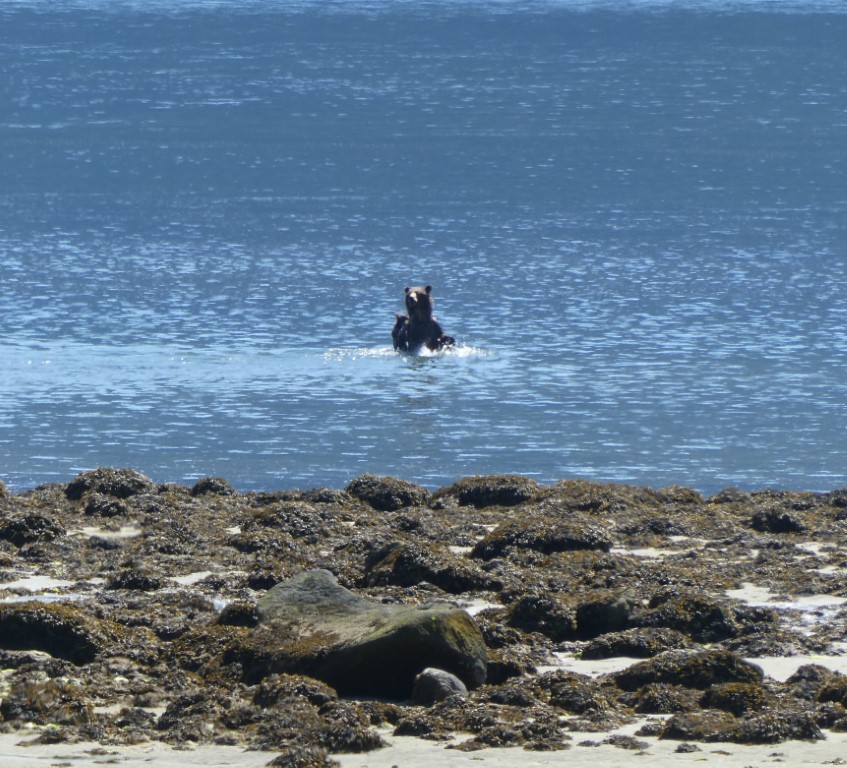
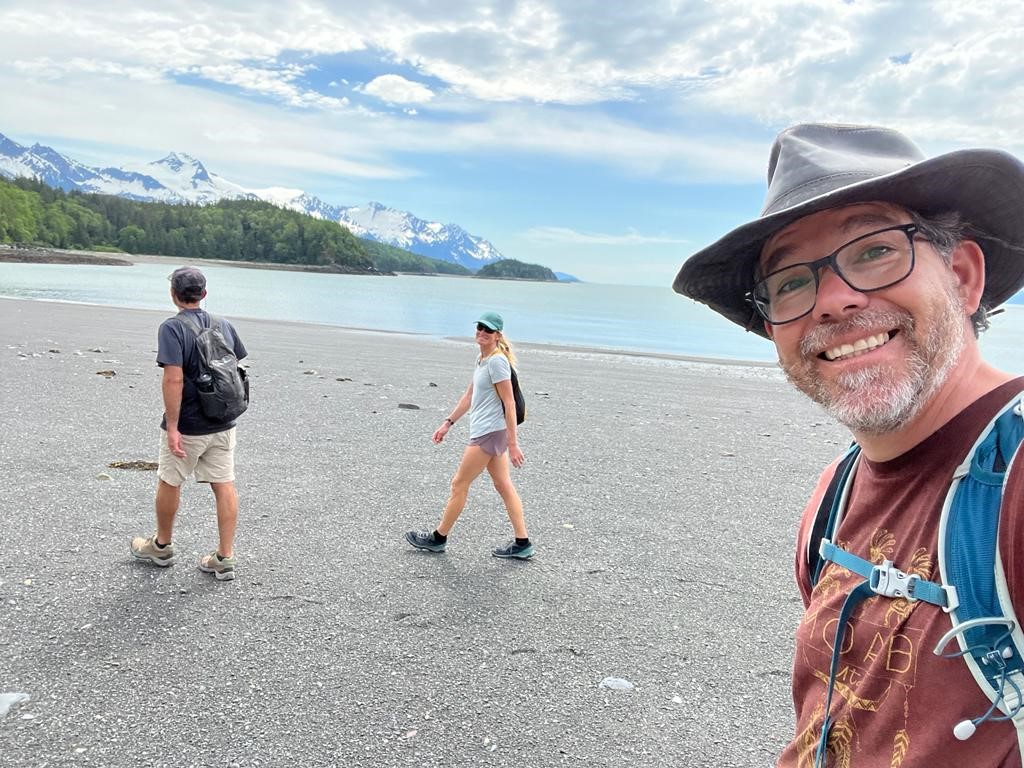
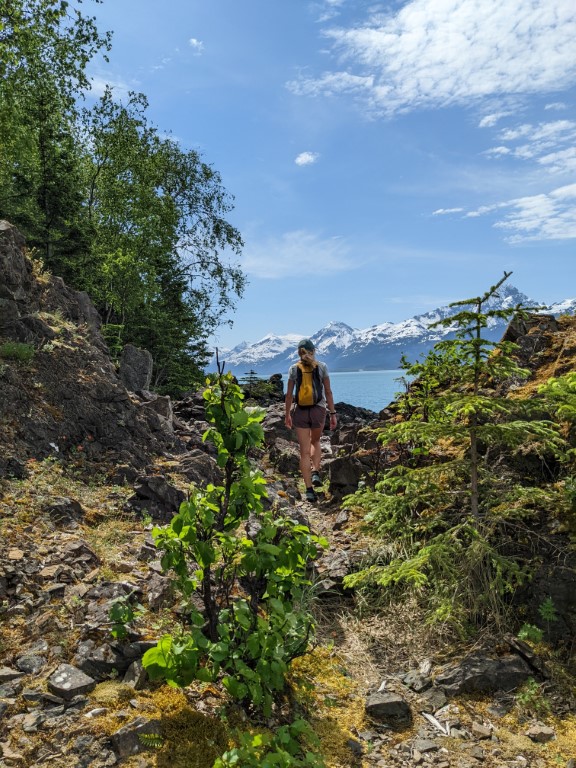
Then today we hiked all day on the seaside trail in Chilkat State Park. It weaves through beautiful woods from one beach to another. At 5 miles out, we met a guy who has a parcel of land in what is otherwise park and he came down from his cabin to chat with us on the rock beach. Living in the area for 40 years, he splits his time between the cabin and his house in Haines and his view is to a glacier on the other side of the bay. He said that years ago the glacier filled the valley but it has been shrinking. Then in the past two years it has receded so much that a dust bowl has formed where the toe once was but now there is only fine glacial silt. Because glaciers make their own wind with temperature differences, there is now a near constant cloud of dust in the air there. The one good thing he said is that the tourist business that used to take people to the base of the glacier has gone away with the melting so now it is quieter in his bay. I read that if there is a place where you can see the effects of global warming crystal clear, it’s Alaska. It is a funny looking glacier I would say.
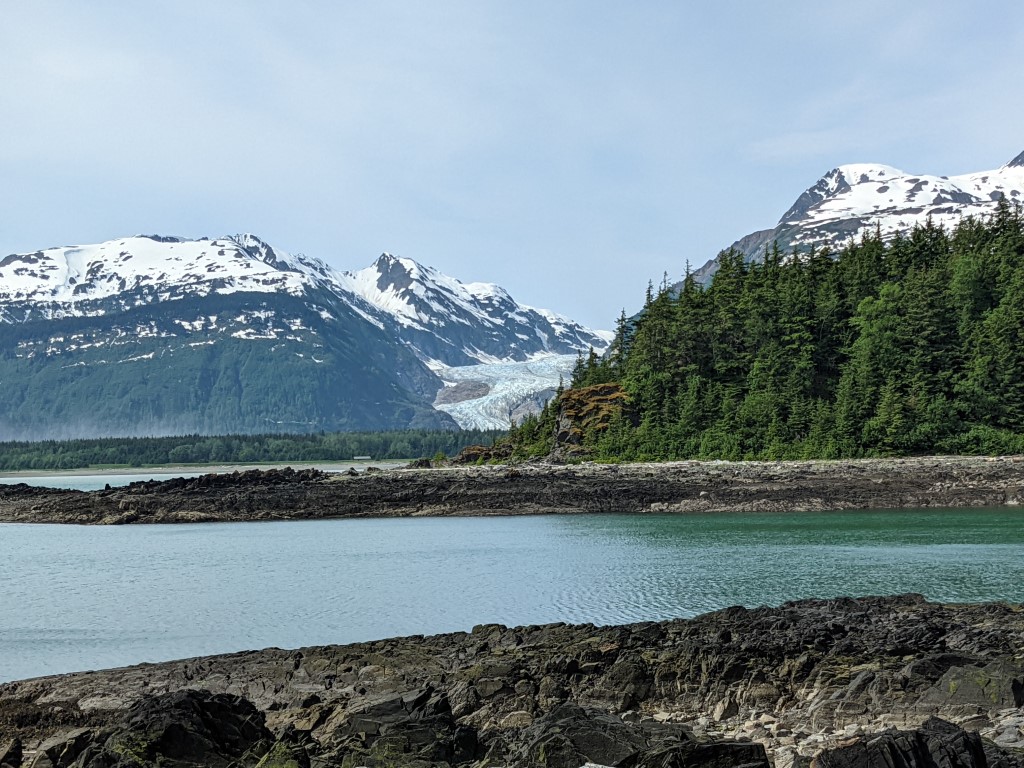
Tomorrow we’re saying goodbye to Haines to start working our way toward Valdez, 700 miles away. Just like the mountains, driving distances here are big too!
